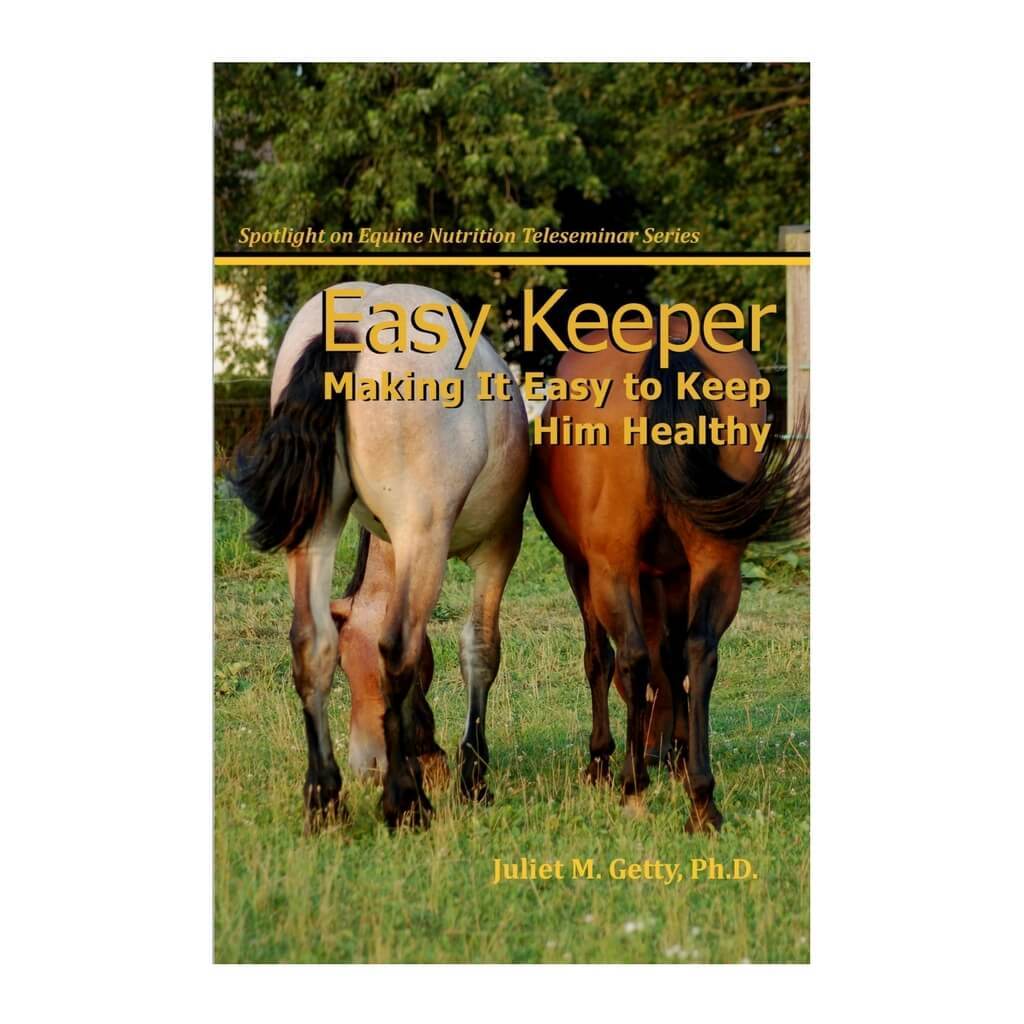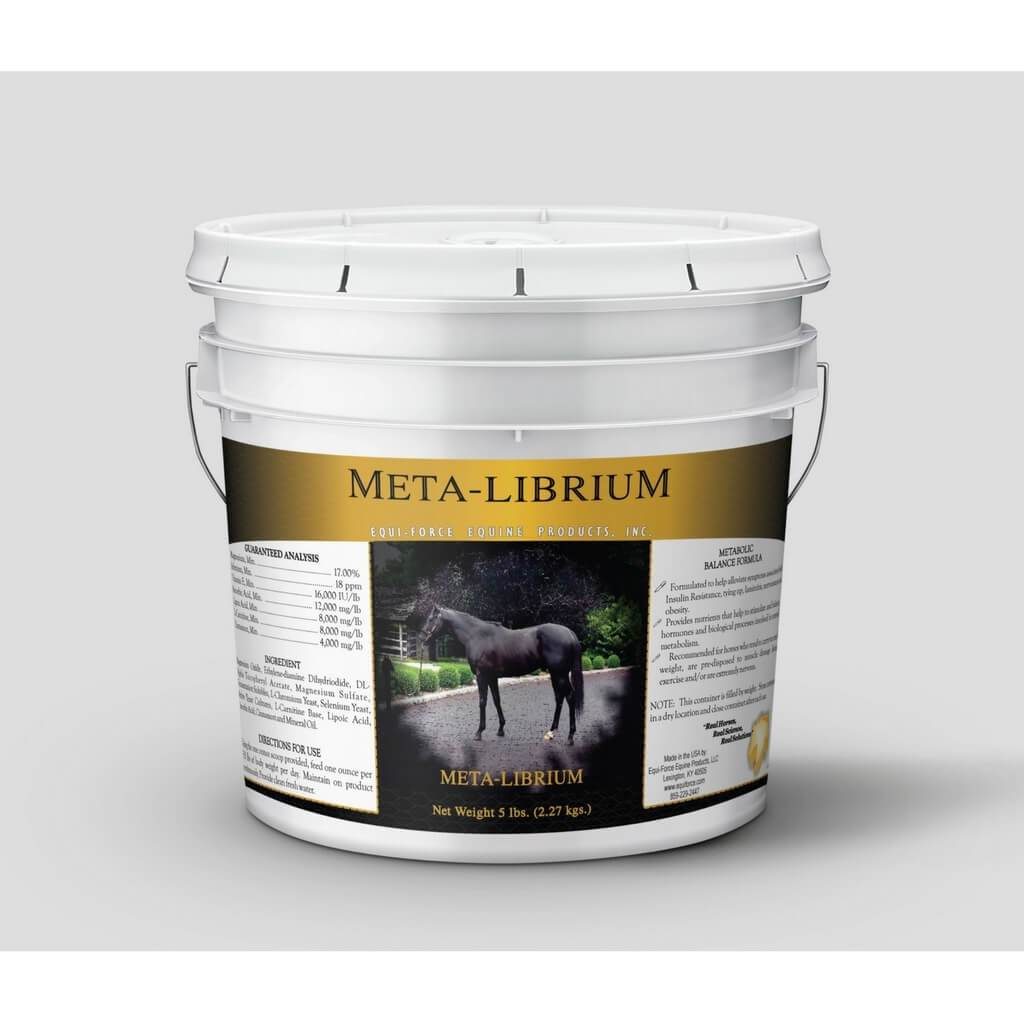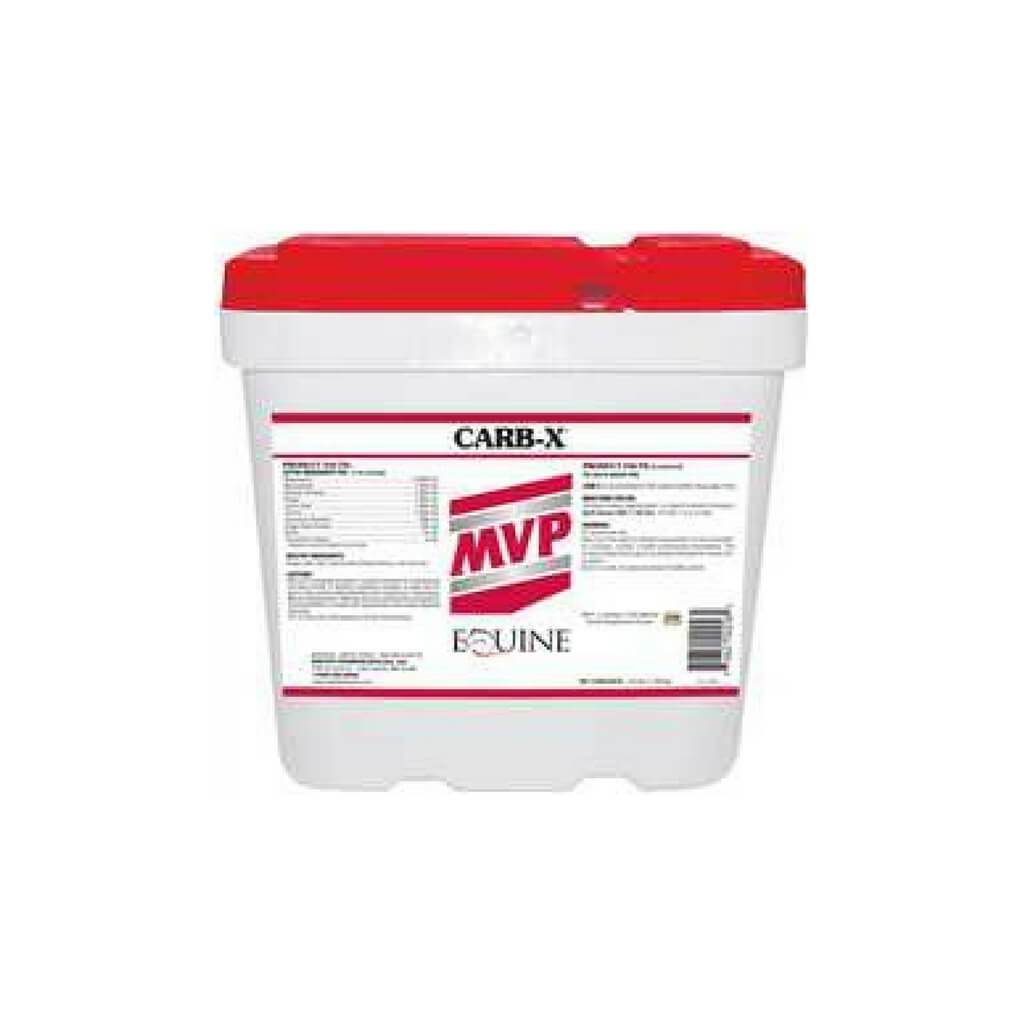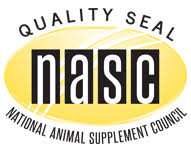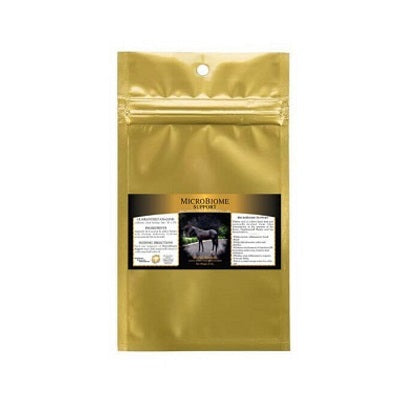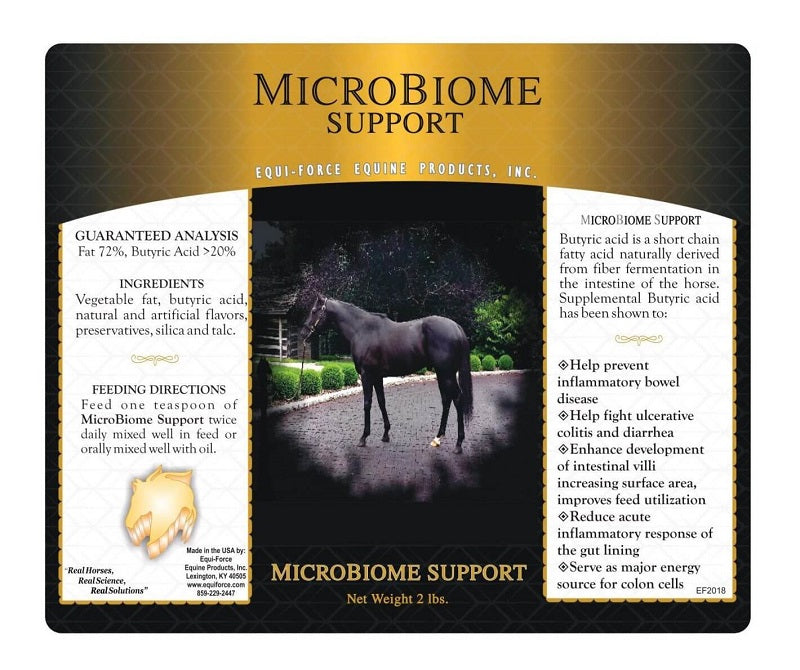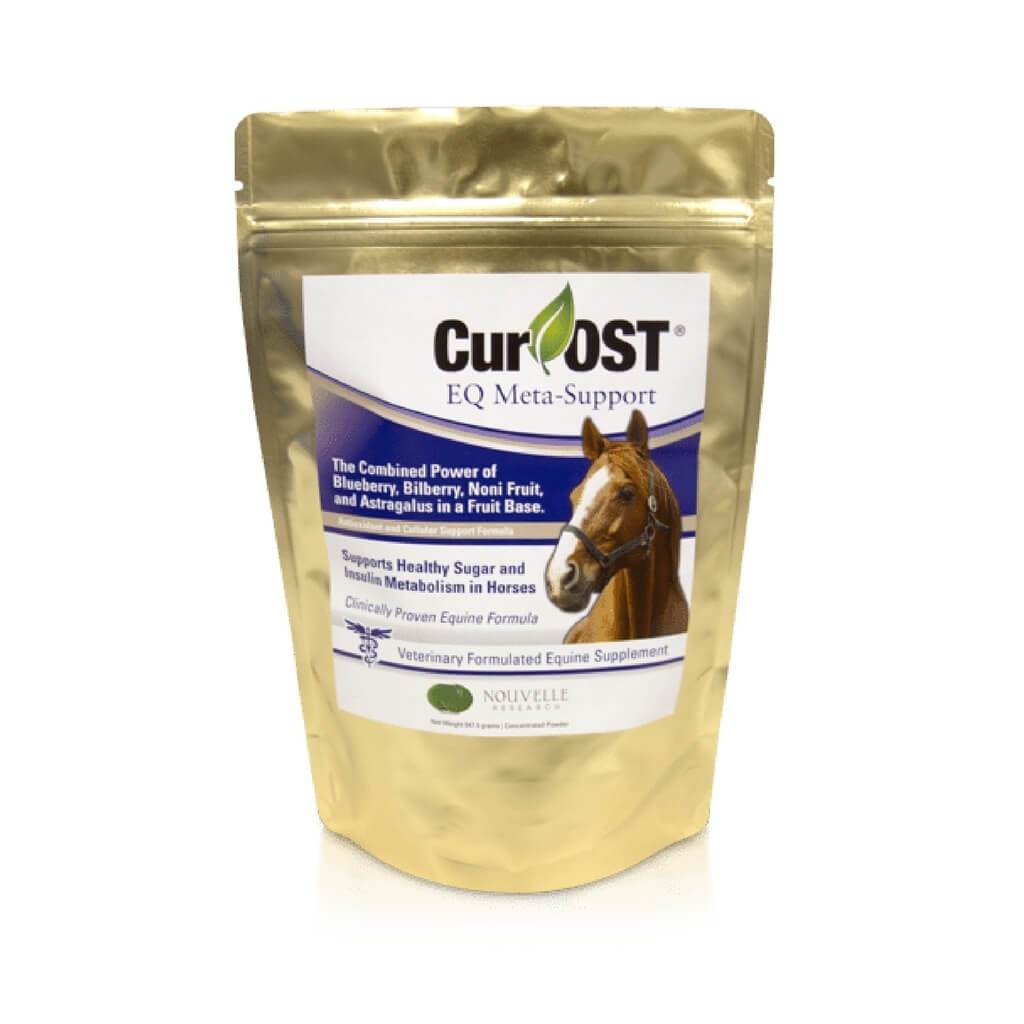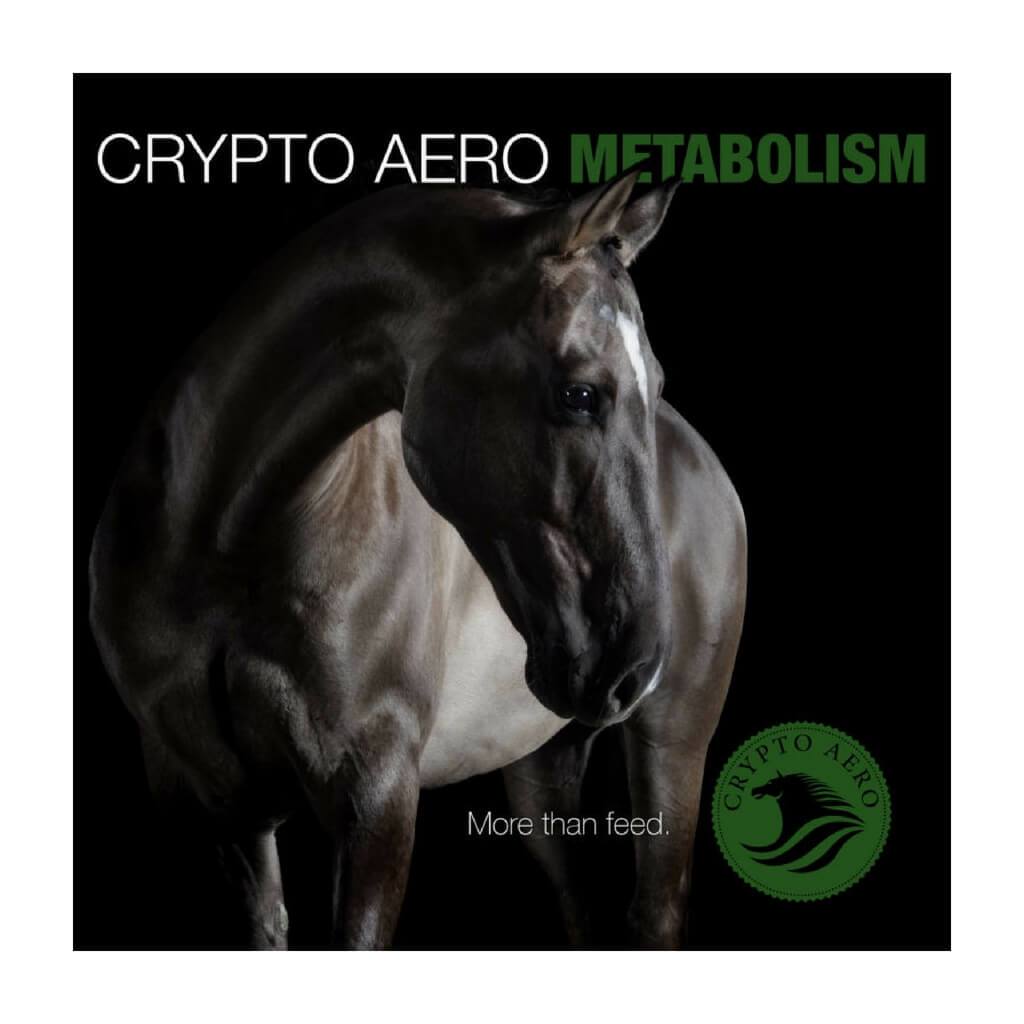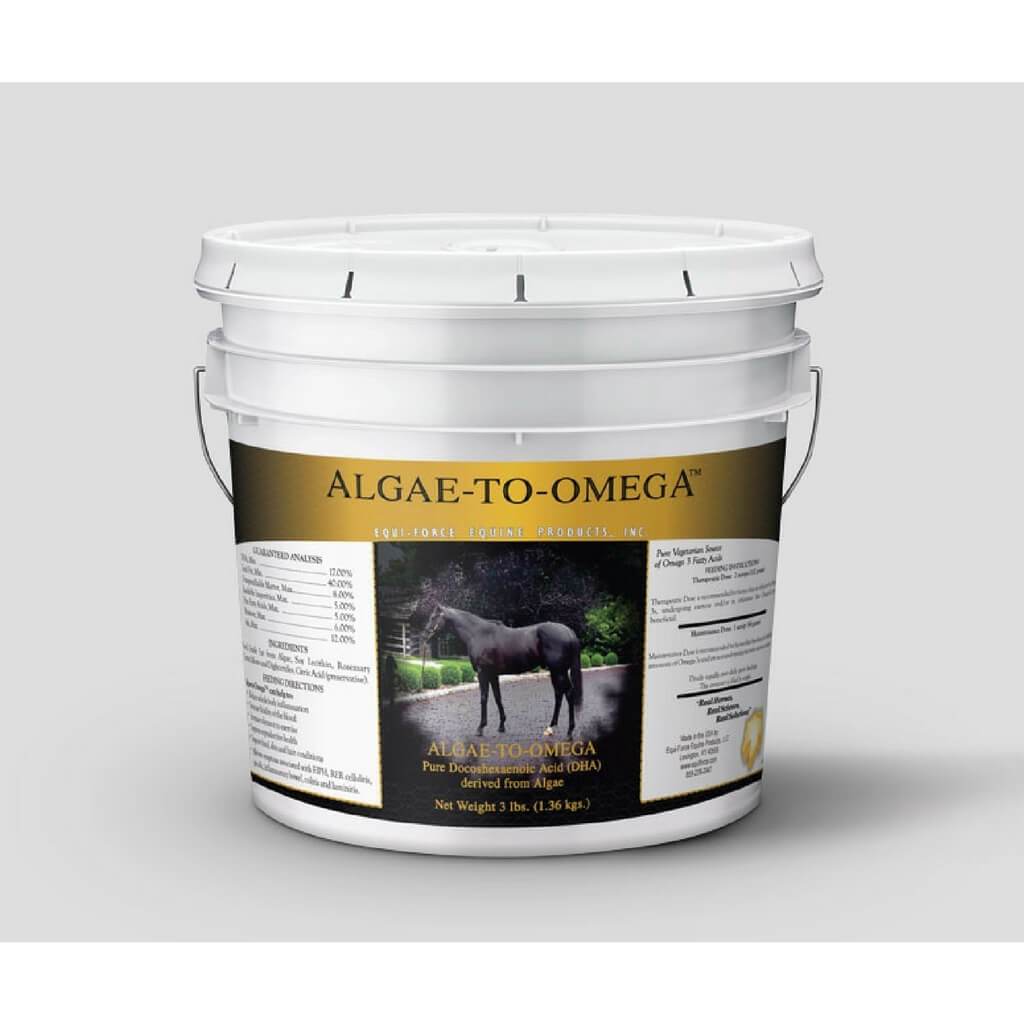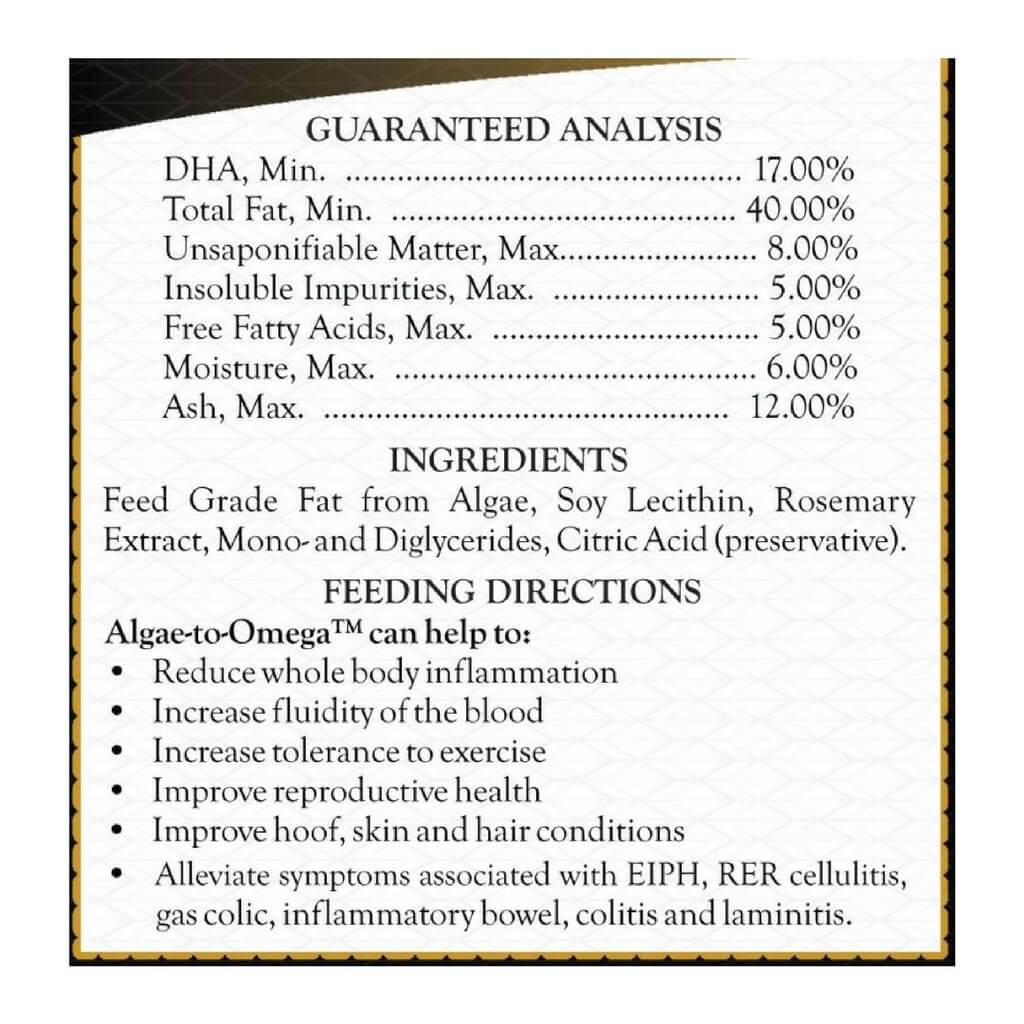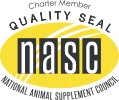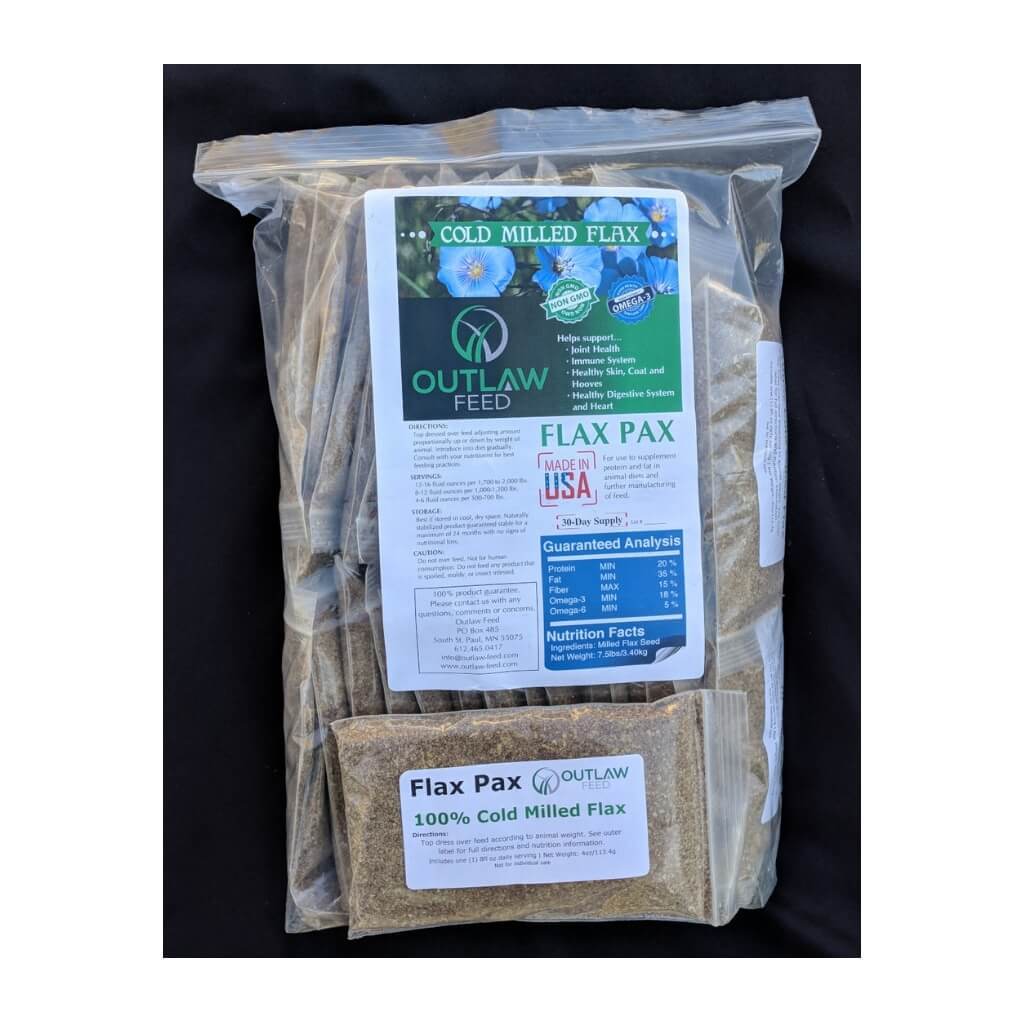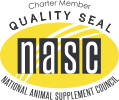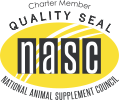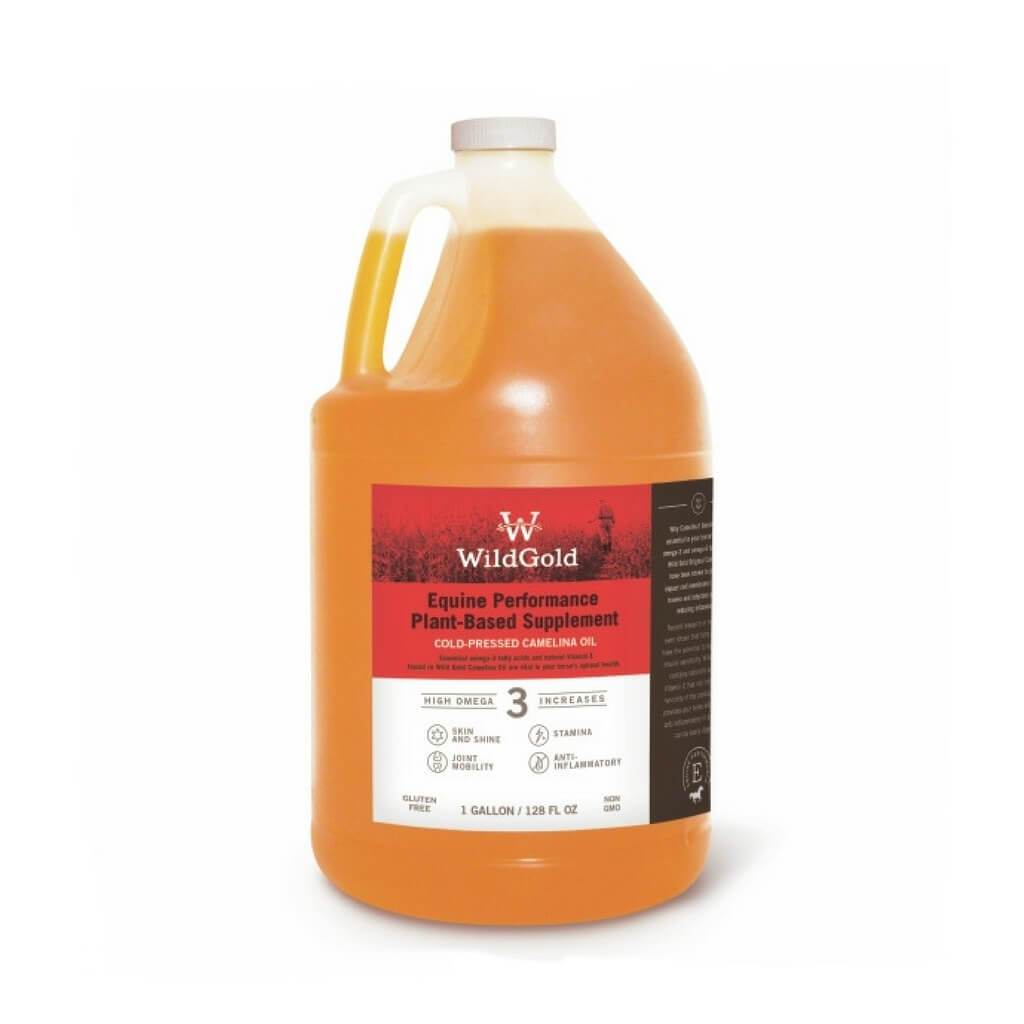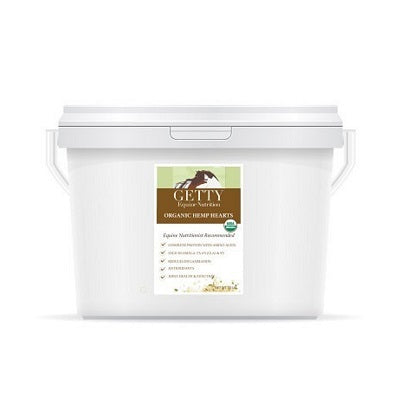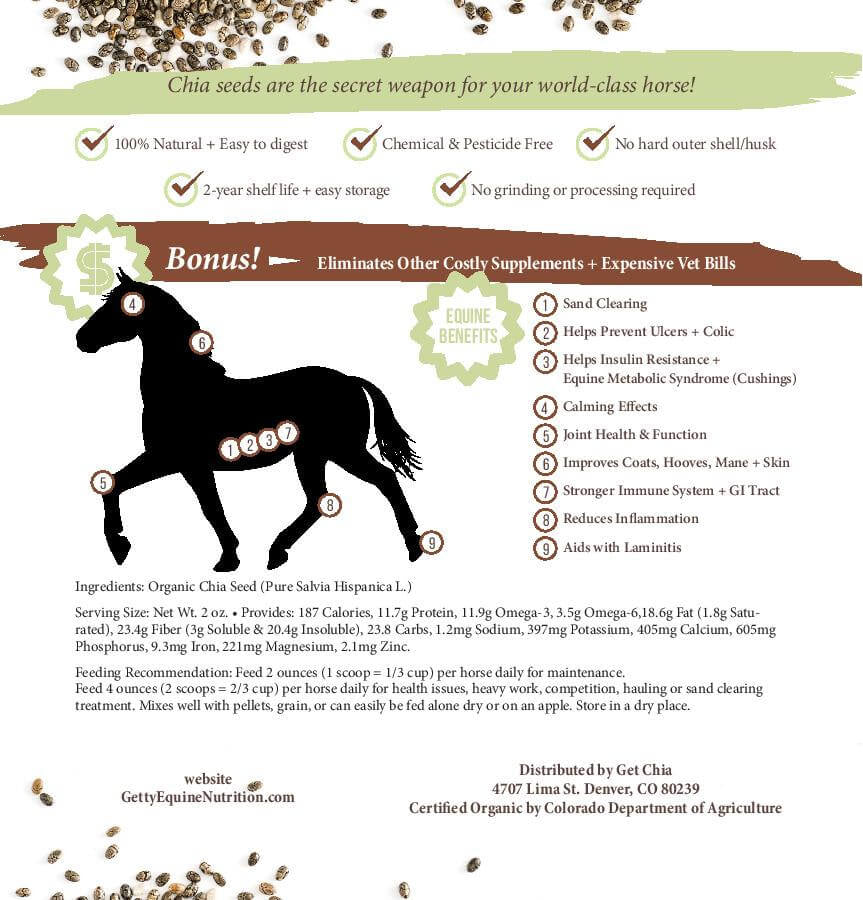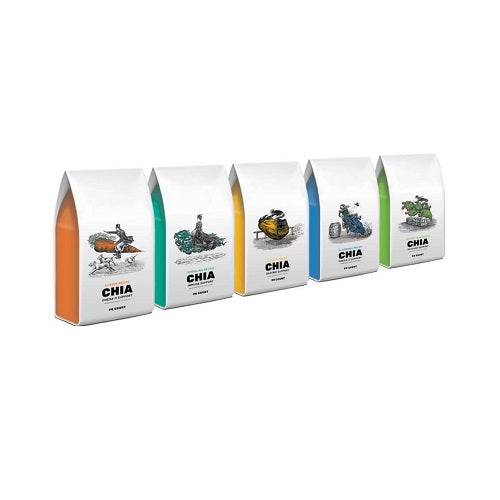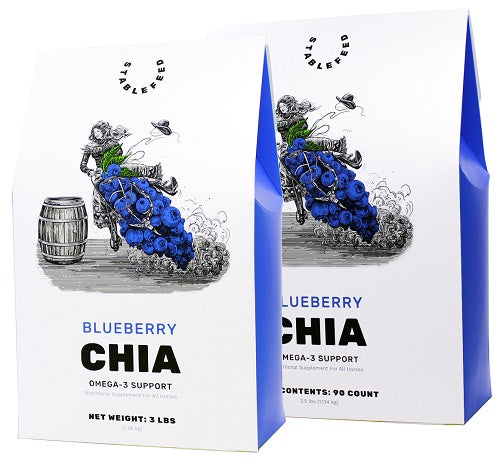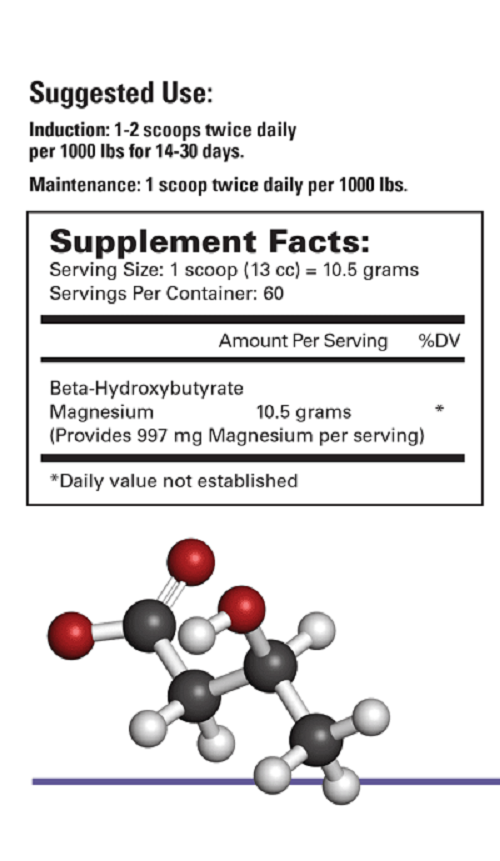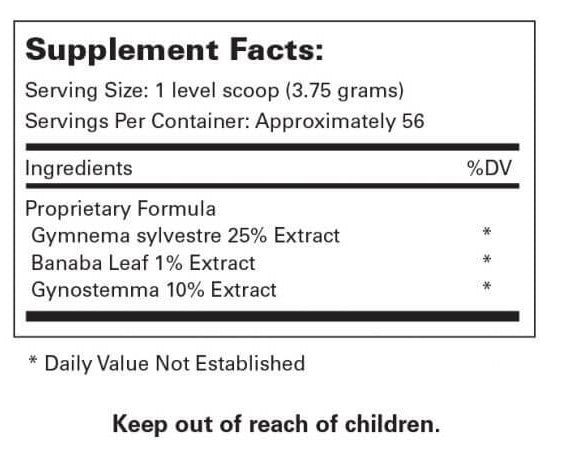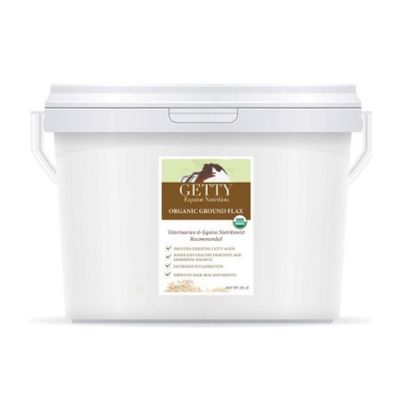Obesity, Insulin & Leptin Resistance - Advice from Dr. Getty

Overview of Obesity, Insulin & Leptin Resistance
When dealing with your horse's metabolic health, we have to start with his gut, both the foregut (stomach and small intestine) and the hindgut (cecum, large colon, and small colon). The entire digestive tract of your horse is designed to have forage steadily flowing through it at all times. By making forage available, all day and all night, 24/7, you are feeding your horse in sync with they way nature intended. Whether it be hay, pasture, or a combination of both, letting your horse get the message that it is always there will allow him to self-regulate his intake and eat what his body needs. This is the only way to maintain a normal weight, improved hormonal response, good health and long-term vibrancy. This applies to all horses, regardless of their activity level, body condition, or metabolic status.
Insulin resistance describes a metabolic condition where the cells do not adequately respond to insulin. Insulin's main role is to remove glucose from the bloodstream by allowing it to enter the cells, where it can be burned for energy, or stored for later use. When the horse's cells are resistant to insulin, the glucose remains in the blood for a longer period of time. The pancreas responds by secreting even more insulin in an attempt to get the glucose into the cells and bring the blood glucose level back to normal.
The main risk for consistently elevated insulin is laminitis. Though the body will also retain fat when insulin is high. Insulin is a highly inflammatory hormone, and can lead to other health problems caused by chronic inflammation.
Excess body fat, little to no exercise, and consistent stress can lead to insulin resistance. However, genetics can also play a significant role. Your goal is to help your horse maintain a normal body weight through stress reduction, a diet low in sugar and starch, and regular opportunities to move.
Leptin is the master hormone when it comes to regulating your horse's weight. Produced by the fat cells, it signals the hypothalamus portion of the brain to let it know that there is enough body fat available and measures should be taken to reduce weight. In response, the metabolic rate speeds up, insulin declines, and the hunger mechanism quiets down. All in an attempt to reduce body fat. That's the normal situation.
But when the horse becomes over-fat, the amount of leptin become so high, that the brain can no longer respond to it. It's like the brain does not know that leptin is high and actually is tricked into thinking that the horse needs to eat more because there is not enough body fat, and hence, not enough leptin! Nothing can be further from the truth, but because of this, the horse continues to eat and eat, his metabolic rates slows down, and insulin increases to help him store even more fat. This is leptin RESISTANCE.
So what's the answer? The answer lies in helping the hypothalamus to recognize leptin once again. You see, constant bombardment with leptin and elevated insulin causes hypothalamic inflammation. The goal is to reduce insulin, which thereby reduces inflammation (because insulin is highly inflammatory) and also reduces leptin levels.
How? Two ways - change the diet to be anti-inflammatory and low in sugar/starch. That includes adding key nutrients to reduce inflammation, as well as removing substances that promote inflammation. And second, reduce stress. Stress causes inflammation through a cascade of hormonal responses.
Articles and Resources by Dr. Juliet Getty
Please take advantage of the wealth of information available to you on this website in the Resource Libraries:
- Free Choice Forage Feeding Concepts
- Overweight Horses
- Insulin Resistance
- Leptin Resistance
- Slow Feeders
Please start by reading this article on how to respect the horse's innate instincts and physiology. It is the key and the foundation to all health: Restricting Forage is Incredibly Stressful - Choose a Different Approach for Weight Loss
Avoid the following:
- Soy -- soybean meal, soybean oil (often listed as "vegetable oil"), and soybean hulls. They are highly inflammatory.
- Added iron - iron will increase insulin resistance
- Added sugar, typically molasses
- High starch ingredients such as rice bran, oats, barley, corn, and wheat middlings
Your goals are the following:
- Reduce insulin. This will help reduce leptin levels, which will help the horse get the signal to stop eating. High levels of insulin also contribute to inflammation and laminitis, as well as to increased fat storage
- Reduce stress. Forage restriction is incredibly stressful. Restricting it in an attempt to lose weight only makes things worse. Test your hay to make sure it is appropriately low in sugar/starch and calories, and then feed it free choice.
- Fill in nutritional gaps and offer supplements than lower insulin, reduce inflammation, and act as antioxidants. If you are feeding a commercially fortified feed, it is not likely that you are feeding it according to directions because the recommended amounts are very high. That means that your horse is not getting sufficient nutrients to support health. This is especially true if your horse's forage is from hay, since hay is missing many key nutrients including essential fatty acids, omega 3 and 6.
How to choose an appropriate supplement
To reduce insulin, consider adding the following:
- Magnesium and chromium. There are three main products from which to choose:
- Quiessence. Start here if the situation is one where you are looking to maintain a healthy status, rather then treat an acute or chronic condition.
- Meta Librium. High in magnesium and chromium, but also offers key minerals - selenium and iodine. Significant source of vitamin E, vitamin C, lipoic acid, l-carnitine, and cinnamon, to support metabolic conditions. Choose this one if the diet is not already supplying selenium and iodine.
- CarbX. Offers an herbal approach in addition to magnesium and chromium by including ginseng, ginger, grapeseed extract, as well as Gymnema sylvestre, an herb used in human diabetic patients.
- Omega 3 fatty acids. These reduce insulin and reduce inflammation. Alpha linolenic acid (ALA) (an omega 3) is one of two fatty acids that are considered "essential." This means that the horse's body is unable to produce them and therefore, they must be in the diet. Linoleic acid (LA), an omega 6, is also essential, but is often present in very high quantities relative to ALA, which increases inflammation. Vegetable oils such as soybean and corn oils are very high in LA, and they are the predominant oils added to most horses' diets. Hay has virtually no essential fatty acids remaining after fresh grasses are cut, dried and stored. It is very important to include a source of ALA in the diet, not just for metabolic issues, but for overall health in a vast variety of areas. To add ALA, consider the following:
- Nutra Flax. Ground human-grade flaxseeds which the same proportion of ALA to LA as that found in fresh pasture grasses.
- Flax-Pax. Same quality as Nutra Flax, but offered in convenient serving sizes.
- Nutra Chia. Wholesome chia seeds, similar to flax in their essential fatty acid content.
- Stable Feed Organic Chia Biscuits and Loose Form (formerly Chock Full'a Chia Biscuits). Organic chia along with supporting ingredients that can be fed like a treat. Choose Prickly Pearadise for additional metabolic support.
- Camelina oil. Excellent way to add ALA and LA in the right proportions.
- Algae to Omega. This is just DHA, a longer chain omega 3 fatty acid that has more anti-inflammatory activity than ALA. Inside the horse's tissues, ALA is converted to DHA, but this conversion rate is low (generally less than 20%). Adding DHA directly is beneficial for those horses experiencing high levels of inflammation and pain.
- Profile. A combination of flax, chia, and DHA.
- Camelina Oil Premium. Offers camelina oil plus DHA.
- Hempseed oil. Offers ALA and LA, along with Gamma linolenic acid (GLA) an omega 6 that actually decreases inflammation rather then increase it, like LA does.
- Additional supporting ingredients. Consider the following for their specific ingredients that have been shown to reduce insulin and inflammation.
- Microbiome Support. This is one ingredient that should be added for all insulin resistant horses - sodium butyrate. One of three naturally occurring volatile fatty acids produced during fiber fermentation, sodium butyrate has been shown to significantly reduce insulin, and hence, leptin, levels.
- CBD (this link takes you to another website). The endocannabinoid has been heavily researched in humans and laboratory animals to reduce insulin resistance. Work with horses is just beginning, but so far, results have been favorable on an individual basis.
- CryptoAero Metabolism. Stimulates metabolism, reduces chronic inflammation, and chelates iron through its specific ingredients: chia, kelp, chaste tree berry, yarrow, turmeric extract, and spirulina.
- CurOst EQ Meta Support. Uses the power of natural berries and fruits to promote healthy sugar metabolism and insulin function. Also contains the herbs Astragalus and Poria to help benefit your horse on a cellular level.
- CurOst EQ Keto BHB. Benefits all equine metabolic syndrome and PSSM horses by providing an alternate and direct source of fuel and energy for the cell. Promotes healthy body metabolism, body condition, insulin and glucose function in the horse, thereby assisting with weight loss.


